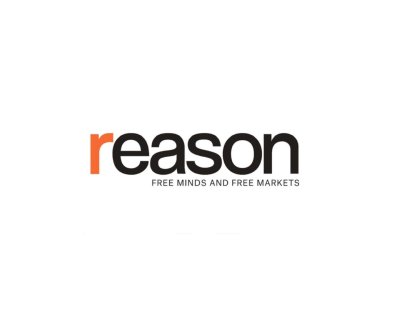Gun Rights Groups Welcome the Demise of Illogical and Constitutionally Dubious Federal Firearm Taxes
The One Big Beautiful Bill Act, which President Donald Trump signed into law last week, reduces the federal tax on transfers of firearm sound suppressors, short-barreled rifles, and short-barreled shotguns from $200 to zero. That tax, originally imposed by the National Firearms Act of 1934 (NFA), was meant to be prohibitive, amounting to about $4,800 in current dollars. Although inflation dramatically reduced the burden of the tax, gun rights groups welcomed its elimination as a blow against the first national gun control law, the history of which illustrates the logical and constitutional flaws of federal firearm regulation.
The NFA amendments are “the biggest blow to the National Firearms Act since its passage nearly a century ago,” the National Rifle Association, the Firearms Policy Coalition, the Second Amendment Foundation, and the American Suppressor Association said in a joint statement. “Eliminating the excise tax on these NFA items,” they added, removes “the heavy burden of an unconstitutional tax from the backs of hard-working Americans” and represents “a critical step towards our ultimate goal of dismantling the NFA once and for all.”
Congress approved the NFA largely in response to a dramatic rise in the homicide rate, which peaked in 1933, the year that the National Alcohol Prohibition was repealed. That was no mere coincidence, the economist Milton Friedman argued in 1991, since Prohibition had created a new black market in which there was no peaceful way to resolve disputes, leading to shocking acts of violence such as the 1929 Saint Valentine’s Day Massacre. Legislators also were alarmed by nationally notorious criminals such as the bank robber John Dillinger, whose name came up repeatedly during hearings on the NFA in the spring of 1934.
Since machine guns figured prominently in both kinds of violence, it is not surprising that they were the NFA’s main target. But the original version of the bill went much further, imposing taxes and registration requirements on pistols and revolvers as well as machine guns. Legislators viewed concealable handguns as especially useful to criminals. And to prevent evasion of the de facto handgun ban, they also aimed to restrict rifles and shotguns with barrels shorter than 18 inches.
The logic of the latter provision was hard to follow after handguns were dropped from the bill in response to objections that including them would intolerably impinge on the constitutional right to armed self-defense. Nearly a century later, handguns are still overwhelmingly favored by armed criminals. But they are also, as the Supreme Court put it in the landmark Second Amendment case District of Columbia v. Heller, “the quintessential self-defense weapon.” Rifles and shotguns of any sort, by contrast, rarely figure in homicides. But until last week, short-barreled versions were still subject to the same tax as machine guns.
The tax on machine guns remains in place, reinforced by a ban on civilian ownership of machine guns produced after 1986. But the One Big Beautiful Bill Act implicitly recognizes that putting short-barreled rifles and shotguns in the same category never made much sense.
The legislators who supported the NFA also perceived suppressors, which they misleadingly called “silencers,” as inherently n
Article from Reason.com

The Reason Magazine website is a go-to destination for libertarians seeking cogent analysis, investigative reporting, and thought-provoking commentary. Championing the principles of individual freedom, limited government, and free markets, the site offers a diverse range of articles, videos, and podcasts that challenge conventional wisdom and advocate for libertarian solutions. Whether you’re interested in politics, culture, or technology, Reason provides a unique lens that prioritizes liberty and rational discourse. It’s an essential resource for those who value critical thinking and nuanced debate in the pursuit of a freer society.



